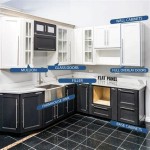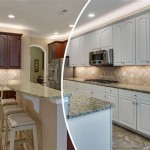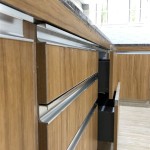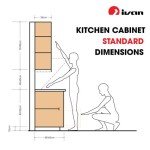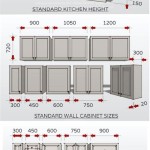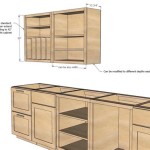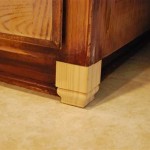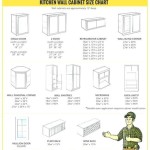The Essential Aspects of Kitchen Cabinet Crown Moldings
Kitchen cabinet crown moldings are the decorative trims that are installed at the top of kitchen cabinets. They serve both a functional and aesthetic purpose. Functionally, crown moldings help to conceal the gap between the cabinets and the ceiling, preventing dust and debris from accumulating. Aesthetically, they add a touch of elegance and sophistication to the kitchen, framing the cabinets and completing the overall design.
Types of Crown Molding Profiles
There are various profiles of crown moldings available, each with its own unique shape and style. Some popular profiles include:
- Classic Crown Molding: A traditional profile with a curved top and bottom, providing a timeless and elegant look.
- Coved Crown Molding: A more contemporary profile with a wide, curved top and a gradual transition to the bottom, creating a subtle and sophisticated effect.
- Stepped Crown Molding: A modern profile featuring multiple levels or steps, adding depth and interest to the cabinetry.
Materials for Crown Moldings
Kitchen cabinet crown moldings are typically made from various materials, including:
- Wood: A classic and versatile material, wood crown moldings are available in a wide range of species, including oak, maple, and cherry, and can be stained or painted to match the cabinets.
- MDF (Medium Density Fiberboard): An engineered wood product, MDF crown moldings are denser and more durable than wood, making them less prone to warping or cracking, and can be finished with paint or veneer.
- Polyurethane: A lightweight and moisture-resistant material, polyurethane crown moldings are ideal for kitchens with high humidity or moisture levels, and come in a variety of styles and finishes.
Installation Considerations
Proper installation is crucial for the longevity and aesthetics of kitchen cabinet crown moldings. Considerations include:
- Measurement and Cutting: Precise measurements and accurate cutting are essential to ensure a snug fit and seamless appearance.
- Adhesive and Nails: A combination of adhesive and nails provides a strong and secure hold, preventing the crown molding from sagging or detaching.
- Mitering Corners: Mitering the corners at a 45-degree angle creates clean and professional-looking joints.
Finishing and Maintenance
Once installed, kitchen cabinet crown moldings require proper finishing and maintenance to maintain their beauty and durability. Finishing includes:
- Sanding: Smoothing out any rough edges or imperfections.
- Priming: Creating a base for the paint or stain to adhere to.
- Painting or Staining: Applying the desired finish to match the cabinets or create a contrasting effect.
Regular cleaning and occasional touch-ups are recommended to keep kitchen cabinet crown moldings looking their best.

Crown Moulding The Recently Rediscovered Kitchen Solution

3 Ways To Enhance Your Kitchen With Crown Molding

3 Types Of Kitchen Cabinet Moldings Wood Factory

Cabinet Crown Molding Rogue Engineer

11 Kitchen Cabinet Crown Molding Ideas For Your

Kitchen Design Details Learn About Crown Molding On Cabinetry

Crown Molding For Kitchen Cabinets Fine Homebuilding

Adding Crown Molding To Cabinets Young House Love

A Guide To Crown Molding For Kitchen Cabinets Mimosa Bath

Kitchen Cabinet Crown Molding Reality Daydream
Related Posts

